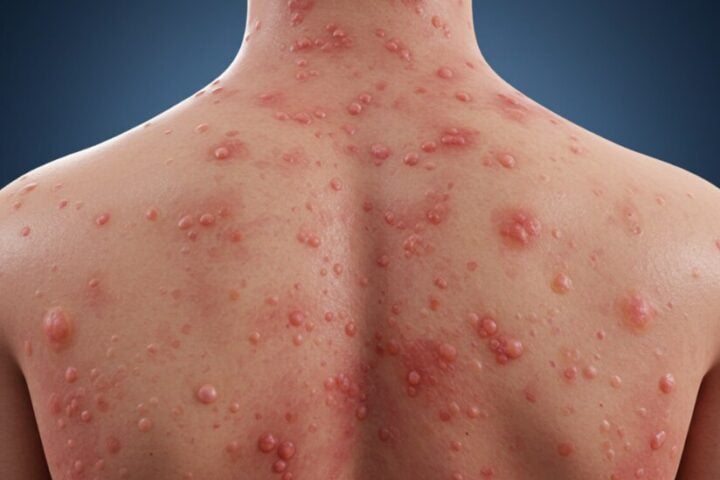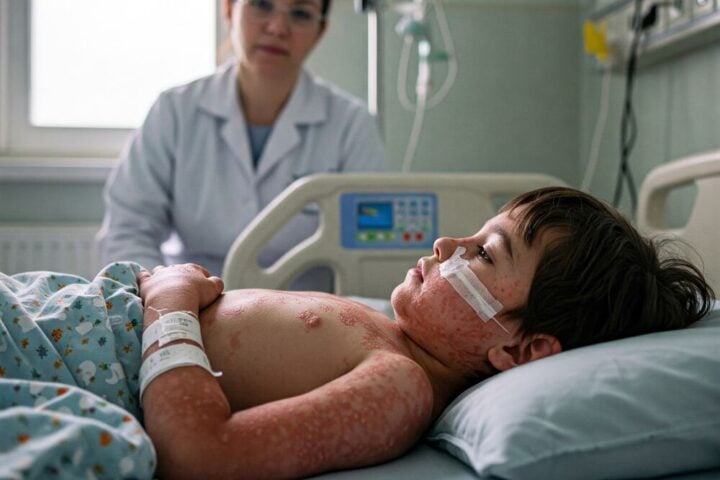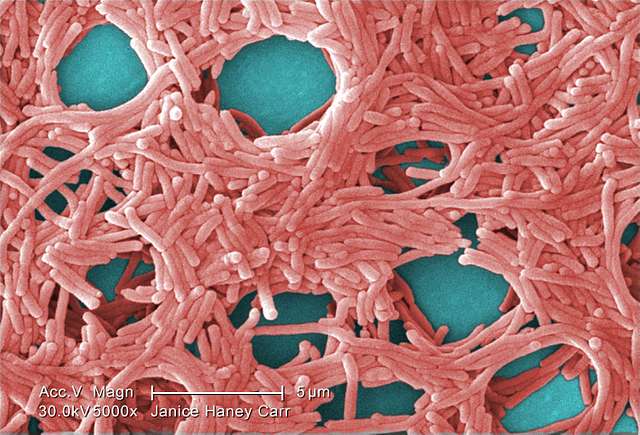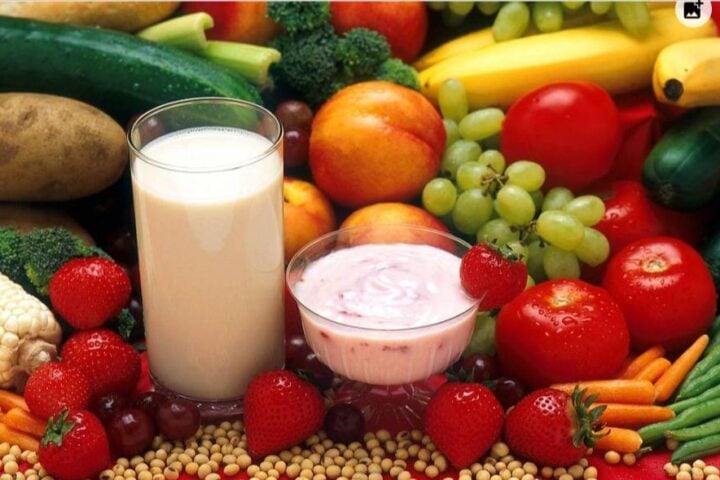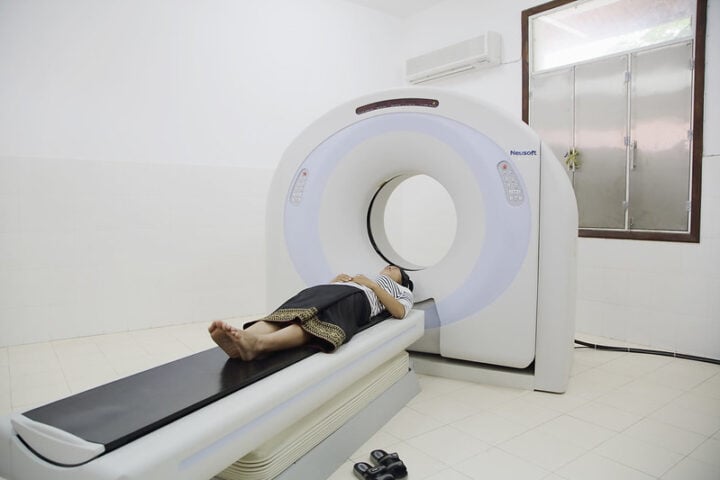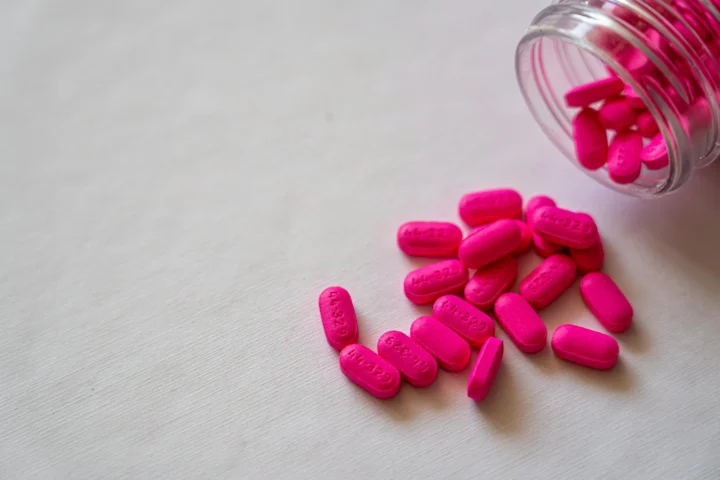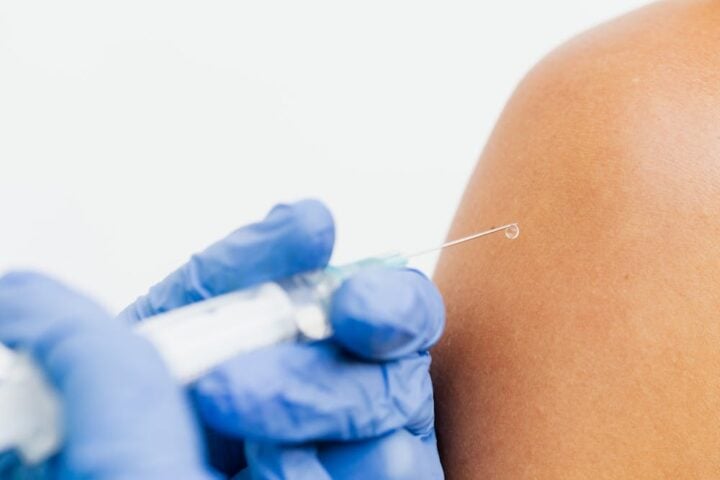The H5N1 bird flu outbreak has taken an alarming turn, spreading beyond birds to infect cattle and humans in unprecedented ways. With 70 Americans infected and one death reported, experts are increasingly concerned about the virus’s potential to trigger a serious pandemic.
From Birds to Cows to People
The current outbreak marks the first time H5N1 has infected dairy cows, a development that shocked virus experts when discovered in early 2024. The virus initially jumped from wild birds to cattle in Texas, causing high fevers, reduced milk production, and respiratory symptoms in affected herds.
“At present, we’re given a stick, and they put a blindfold on us, and we’re sent into a gunfight and we’re losing,” said veterinarian Dr. Kay Russo, who was called to treat infected herds in Colorado.
The virus appears to spread between cows through milking equipment, creating a new transmission pathway. From infected animals, the virus has reached humans — primarily farmworkers handling sick cattle.
Widening Host Range
What particularly worries scientists is the virus’s ability to infect multiple mammal species.
“The fact that this virus can infect so many different types of mammals is a huge concern in terms of its ability to infect people,” explains virologist Dr. Angela Rasmussen. The virus has been found in foxes, goats, pigs, rats, cats, and raccoons.
Each new mammalian infection gives H5N1 more opportunities to adapt and potentially gain the ability to spread efficiently between humans — the key factor that could trigger a pandemic.
Similar Posts
Human Cases Rising
Most of the 70 confirmed human cases in the U.S. have experienced mild symptoms, mainly conjunctivitis (eye inflammation). However, more severe cases have emerged, including:
- Six people hospitalized in North America
- Five people with no known contact with sick animals
- A fatality in Louisiana
- A case in Vietnam where an 8-year-old girl developed encephalitis (brain inflammation)
- A recent death of a girl in Mexico
Dr. Kamran Khan, an infectious disease physician who helped identify COVID early, calls the situation “a very serious threat to humanity.” His company’s tracking shows the virus has spread to dairy cattle and poultry across nearly the entire United States.
Public Awareness Gap
Despite the growing threat, public understanding remains dangerously low. A recent survey found that while most Americans had heard of bird flu, only about 26% knew it could infect humans.
More concerning:
- 53.7% didn’t know pasteurized milk is safer than raw milk
- 27% wouldn’t change their diet to reduce exposure risk
- 28.7% said they wouldn’t get vaccinated against H5N1 even if recommended by the CDC
“These attitudes could pose a serious obstacle to containing the virus and preventing a major public health crisis,” said lead researcher Rachael Piltch-Loeb.

Pandemic Risk
The greatest fear is that H5N1 could mutate through a process called reassortment, where multiple flu strains infect the same cell and exchange genetic material. This could create a version capable of spreading efficiently between humans.
When asked if a potential bird flu pandemic could make COVID look mild by comparison, Dr. Rasmussen replied: “I agree. I’m scared about it myself. I don’t sleep very much these days.”
While the CDC maintains the risk to the general public remains low, scientists stress that each new infection increases the odds of dangerous mutations.
Dr. Keith Poulsen, director of the Wisconsin Veterinary Diagnostic Lab, said of the outbreak curve: “I don’t think we go ‘whew’ until we’re deactivated, our lab. We’re still in outbreak response mode.”
Protective Measures
Current efforts to control the outbreak include:
- Milk testing programs that can detect “even just one positive cow in a group of a thousand”
- Pasteurization, which effectively kills the virus in milk
- Antiviral medications like Oseltamivir (Tamiflu) for treating human infections
- Experimental vaccines, though funding for some has been paused
Dr. Russo emphasized the urgency of taking the threat seriously: “I would scorch the earth if this ends up in children deaths. And so as a mother, as a veterinarian, as a scientist, I’m just asking you, trust us.”




